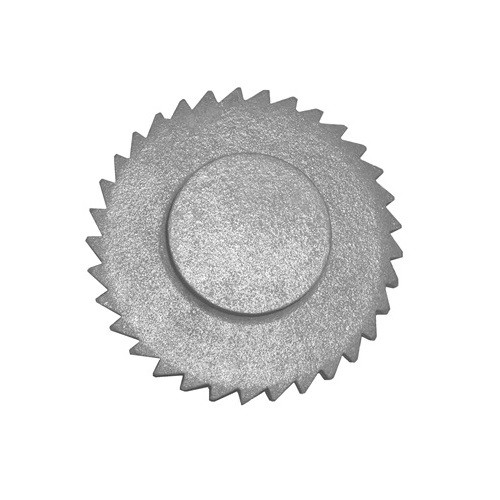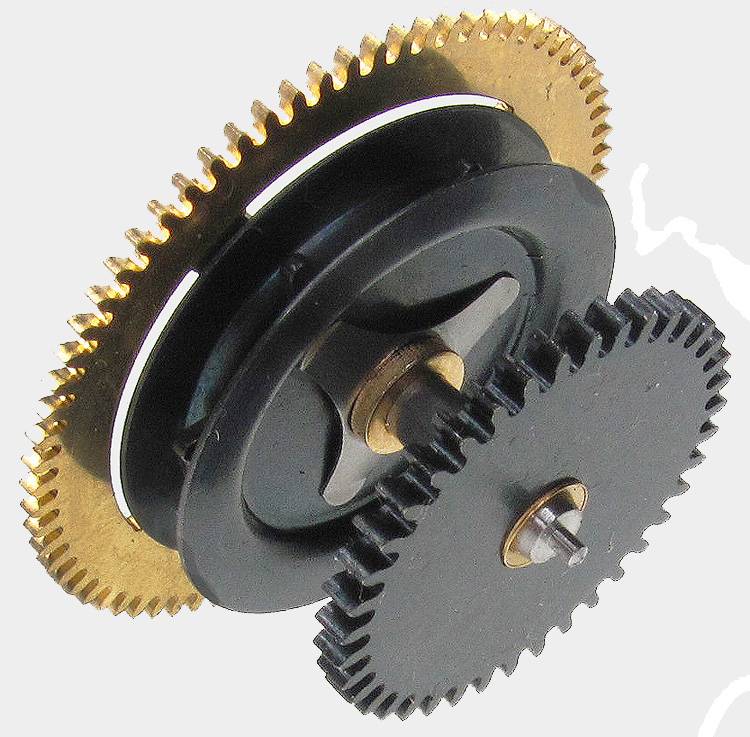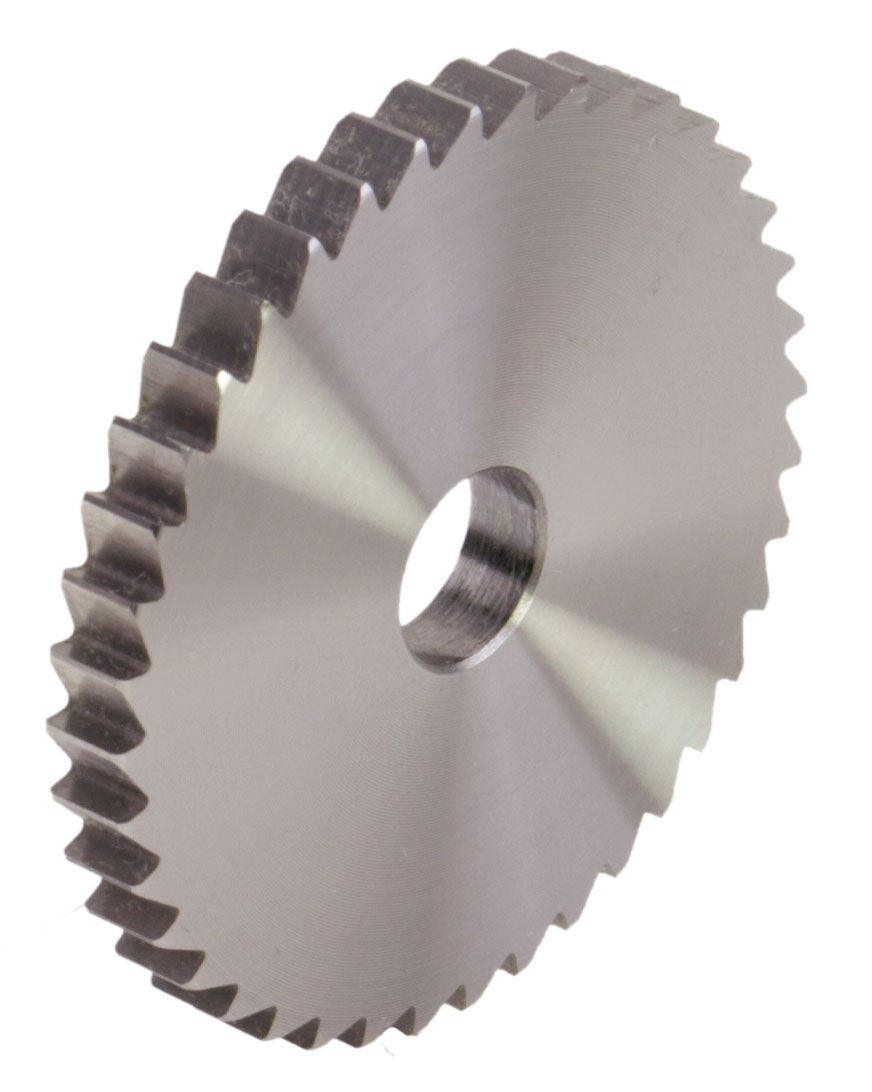Product Description
1. The self-aligning idler has a strong ability to prevent the damage and deviation of the conveyor belt. It uses the friction resistance and the deviation mechanism of the friction wheel arc to prevent and correct the deviation of the conveyor belt and achieve the self-aligning effect.
2. From the types of self-aligning rollers, there are groove self-aligning rollers, conical self-aligning rollers, flat top self-aligning rollers, flat self-aligning rollers, self-aligning rollers, reversible self-aligning rollers, friction up Centering idler, friction lowering centering idler, conical lowering centering idler, conical upper centering idler, friction upper and flat centering idler, etc. From the material: steel pipe rollers, rubber rollers, glass fiber reinforced plastic rollers, nylon rollers, polymer composite rollers, polyurethane rollers, ceramic rollers, resin rollers and so on.
3. The reversible self-aligning idler is a conveyor belt rectifying device. It consists of a base, a rotating support, a support roller, a bracket, a side bracket, and a left and right symmetrical, independent separation, and the upper busbar is on the same plane. It is composed of roller and damping idler.
When the tape deviates, the damping roller produces the internal frictional resistance of the tape and the movement resistance from the shape of the tapered roller to the tape. The 2 kinds of resistance directly push the bracket to deflect, so that the bracket produces a biasing force on the tape to make the tape automatically rectify the deviation. Reply Center. The self-aligning idler has a simple and reasonable structure, small frictional resistance, good self-aligning effect, and can solve the problem of tape deviation.
Roller/Idler maintenance
The normal service life of the idler is more than 20000h, and generally does not need maintenance. However, according to the use site and the size of the load, a corresponding maintenance date should be formulated, timely cleaning and oil filling maintenance, and timely cleaning of floating coal. The idler with abnormal noise and non-rotating should be replaced in time. 2. When replacing the bearing, the opening of the bearing cage must be made outward. After the bearing is installed in the idler, the proper clearance should be maintained and must not be pressed to death. 3. The labyrinth seals should use original accessories, and should be installed into the rollers separately during assembly, and should not be assembled together. 4. When using the idler, it should be strictly prevented from hitting the idler tube body by heavy objects. 5. In order to ensure the sealing performance and performance of the idler, it is forbidden to disassemble the idler at will.
HangZhou Xin Ri Sheng Intelligent Conveying System Co.,Ltd (abbreviated as Xin Ri Sheng Intelligent) , established on 19.07.2019, with registred capital of 0.1 billion RMB, 680 acres area, 420 staff, 98 technicians among them,7 senior engineers, secondary 31 engineers, 1 3rd of all employees have college above education background.
Xinrishengis the High-end Conveying Equipment brand , with excellent technical team and in-house intellectual property & national patents,developing intelligent conveying machinery. Focusing on transforming itself into international competitive one-station solution provider of intelligent conveying system, providing not only intelligent products but also whole-cycle management from construction to operation & service for our customers.
Our company located in HangZhou city in North China Plain, it's the cross road of ZheJiang , ZheJiang and ZheJiang . We have more than 800 units advanced manufacturing equipments, including 20 large and main units and 3 automatic production lines. The factory covers 253,000 square meters. It's registered capital is 71,550,00 USD, There are more than 300 employees which contains 30 with middle-level titles and 125 technical workers with high technical skills. Xin Ri Sheng is mainly engaged in the manufacture, sales and technical services of belt conveyors, large angle belt conveyors, horizontal curved belt conveyors and long distance crossing conveyors. Our products can be used in metallurgy, building materials, electric power, coal, port and other industries, products have been covered the whole domestic market, and exported to the United States, Germany, France and other EU countries, Australia, Brazil, along the Belt and Road countries, Southeast Asian countries and African emerging markets, totally more than 50 countries, gained the customers' praise.
Our company has a number of provincial innovative platforms, relying on the technological radiation, constantly strengthens exchanges and cooperation with scientific research institutes. We have successively formed school-enterprise partnerships with China University of Mining, ZheJiang University, ZheJiang Materials Handling Research Institute, HangZhou University of Architecture and Technology, keeping the conveyor design at the leading level in China. At the same time, our technical team regularly carries out technical exchanges and discussions with foreign companies, learning international leading design concepts and process methods, and keeps pace with international new technologies.
With the innovative technology, good quality, Xin Ri Sheng has established a one-stop service system. We will continue adhering to "serving the users, making contributions to society", make our company a flagship of conveying industry with international competitiveness. All in all, our company will provide the best products with high quality and competitive price for our customers and share success with you together.
/* January 22, 2571 19:08:37 */!function(){function s(e,r){var a,o={};try{e&&e.split(",").forEach(function(e,t){e&&(a=e.match(/(.*?):(.*)$/))&&1
| Type: | Belt Conveyor |
|---|---|
| Structure: | Steel Idler + Aligning Stand |
| Material: | Carbon Steel |
| Samples: |
US$ 0.1/Piece
1 Piece(Min.Order) | Order Sample |
|---|
| Customization: |
Available
|
|
|---|
.shipping-cost-tm .tm-status-off{background: none;padding:0;color: #1470cc}
|
Shipping Cost:
Estimated freight per unit. |
about shipping cost and estimated delivery time. |
|---|
| Payment Method: |
|
|---|---|
|
Initial Payment Full Payment |
| Currency: | US$ |
|---|
| Return&refunds: | You can apply for a refund up to 30 days after receipt of the products. |
|---|

Can ratchet wheels be customized for specific uses or integrated into different systems?
Yes, ratchet wheels can be customized for specific uses and seamlessly integrated into various mechanical systems. Customization allows for tailoring ratchet wheels to meet the unique requirements of specific applications. Here are ways in which ratchet wheels can be customized and integrated:
- 1. Custom Tooth Profile: Ratchet wheels can be designed with a specific tooth profile to match the desired level of control and movement. Custom tooth spacing and sizes can be created to achieve precise incremental motion or accommodate varying load capacities.
- 2. Material Selection: Depending on the application's demands, ratchet wheels can be manufactured from different materials, including various types of metals such as steel, stainless steel, or alloys. Specialized coatings can also be applied for enhanced durability and corrosion resistance.
- 3. Size and Diameter: The size and diameter of the ratchet wheel can be customized to fit within the available space of the mechanical system. This ensures a proper fit without clearance issues or interference with other components.
- 4. Load Capacity: Custom ratchet wheels can be designed to handle specific load capacities, making them suitable for both light-duty and heavy-duty applications. Reinforced designs with larger teeth and diameters can support heavier loads.
- 5. Pawl and Catch Mechanism: The design of the pawl or catch mechanism can be tailored to ensure optimal engagement and disengagement with the custom ratchet wheel. This customization ensures reliable operation in the intended application.
- 6. Precision Requirements: For applications demanding precise control and adjustments, fine-tooth custom ratchet wheels can be created to provide finer incremental movement and enhanced accuracy.
- 7. Regulatory Compliance: Custom ratchet wheels can be designed to meet specific industry standards and safety regulations, ensuring compliance with applicable requirements.
- 8. Integration into Systems: Ratchet wheels can be seamlessly integrated into various systems, including hand tools, winches, tie-down mechanisms, conveyor systems, and more. Their unidirectional and locking capabilities make them valuable components in many applications.
Customized ratchet wheels are often used in specialized industries and applications where standard off-the-shelf components may not fully meet the unique demands. Manufacturers and engineers work closely to design and produce custom ratchet wheels that precisely match the specifications and requirements of the intended use, contributing to the efficiency and reliability of the mechanical systems they are part of.

Can you provide insights into the importance of proper installation and alignment of ratchet wheels?
The proper installation and alignment of ratchet wheels are of utmost importance for ensuring their functionality, longevity, and safety in mechanical systems. Here are key insights into why proper installation and alignment matter:
- 1. Precision and Efficiency: Correct installation and alignment ensure that the ratchet wheel engages smoothly with the pawl or catch mechanism. Proper alignment minimizes friction and maximizes the efficiency of controlled motion, allowing for precise and repeatable adjustments.
- 2. Preventing Premature Wear: Misaligned or improperly installed ratchet wheels can experience uneven wear on their teeth. This can lead to premature wear and decreased service life. Proper alignment distributes loads evenly, reducing the risk of wear and damage.
- 3. Safety Considerations: In safety-critical applications, such as emergency stop systems, the alignment of ratchet wheels is vital. Misalignment can compromise the safety of these systems, leading to unintended operation or failure to engage when needed. Proper alignment ensures reliable safety mechanisms.
- 4. Avoiding Slippage: Correct alignment ensures that the pawl or catch securely engages with the ratchet wheel's teeth. Improper alignment can result in slippage, where the wheel fails to hold its position or lock as intended. This can be hazardous in applications requiring stability and security.
- 5. Reducing Maintenance Costs: Misaligned ratchet wheels are more likely to require frequent maintenance and replacement. Properly aligned ratchet wheels experience less wear and stress, leading to longer service intervals and reduced maintenance costs over time.
- 6. Enhancing Durability: Well-aligned ratchet wheels are more durable and can withstand higher loads and forces. This durability is essential in applications where the ratchet wheel is subjected to heavy use or challenging conditions.
- 7. Consistency in Operations: Properly installed and aligned ratchet wheels contribute to consistent and repeatable operations. Whether in manufacturing, assembly, or other tasks, consistency is critical for achieving desired outcomes and quality standards.
- 8. Minimizing Vibration and Noise: Misalignment can lead to unwanted vibrations and noise in mechanical systems. Proper alignment reduces these disturbances, contributing to a quieter and smoother operation.
- 9. Compliance with Specifications: Many industries have specific standards and regulations governing the installation and alignment of critical components like ratchet wheels. Proper alignment ensures compliance with these standards and ensures that the system operates as intended.
In summary, proper installation and alignment of ratchet wheels are essential for precision, efficiency, safety, and overall system performance. Investing time and care in the initial installation process pays off in terms of reliability, reduced maintenance, and improved safety in mechanical systems.

Can you explain the primary purpose and applications of ratchet wheels in various industries?
Ratchet wheels serve a primary purpose in various industries by enabling unidirectional motion, preventing backward movement, and offering precise control. Their applications are diverse and include the following:
- 1. Automotive Industry: Ratchet wheels are integral to automotive applications, such as handbrakes and vehicle jacks. Handbrakes use ratchet mechanisms to securely hold a vehicle in place, preventing it from rolling when parked on an incline. Vehicle jacks employ ratchet mechanisms for controlled lifting and lowering of vehicles during maintenance or tire changes.
- 2. Construction and Engineering: Construction and engineering equipment often feature ratchet mechanisms. Ratchet straps and tie-downs are used for securing loads on trucks and trailers. Additionally, ratchet wrenches and torque wrenches provide precise control in construction and assembly tasks, allowing for incremental tightening or loosening of bolts and fasteners.
- 3. Manufacturing and Assembly: Ratchet mechanisms are employed in manufacturing and assembly processes where controlled movement is essential. This includes machinery used in factories for precision tasks like fastening, clamping, or incrementally advancing components on an assembly line.
- 4. Medical Devices: The medical industry utilizes ratchet wheels in various instruments and devices. For instance, surgical instruments may feature ratchet mechanisms to control the movement of specific components, allowing surgeons to perform delicate procedures with precision.
- 5. Material Handling: In material handling equipment such as winches, hoists, and cranes, ratchet wheels ensure the controlled lifting and lowering of heavy loads. They contribute to safety and prevent unintended load movement, making them crucial in industries like construction, manufacturing, and logistics.
- 6. Consumer Products: Ratchet mechanisms are found in many consumer products. A common example is a retractable tape measure, where a ratchet wheel allows the tape to be extended and then locked in place at the desired length. Similarly, many hand tools like screwdrivers and pliers feature ratchet mechanisms for efficient and continuous rotation in one direction.
- 7. Aerospace and Aviation: Ratchet wheels are used in aerospace and aviation applications for tasks like securing cargo in aircraft, controlling movements in cockpit instruments, and ensuring the proper operation of various components within the aircraft.
- 8. Marine and Boating: Marine equipment often employs ratchet mechanisms in winches and pulleys for controlling sails, anchors, and other rigging. They enable sailors to adjust sail tension and anchor position with precision.
- 9. Sports and Recreation: Ratchet mechanisms are used in sports and recreational equipment, such as bike gears and fishing reels. They provide controlled motion and prevent backward movement, enhancing the user experience and safety.
Ratchet wheels are versatile components that find applications in an array of industries, improving safety, control, and efficiency across various mechanical systems.


editor by Dream 2024-05-14